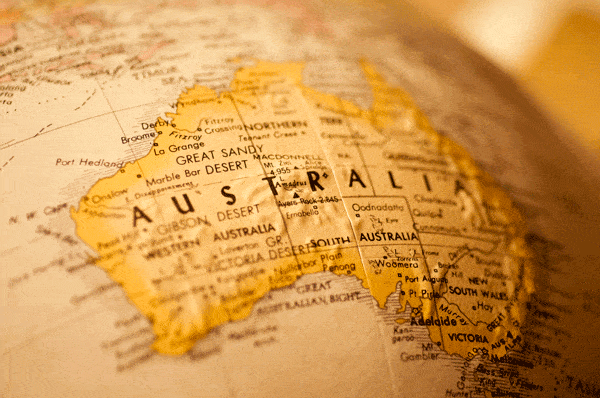The Reserve Bank of Australia (RBA) has tacitly recognised how tough the world is getting beyond the boundaries of Sydney and Melbourne.
The RBA’s outgoing Chief Economist, Christopher Kent, wasn’t explicit about it in his final speech – central bankers like you to come to your own conclusions – but he did make clear that “aggregate, economy-wide variables such as investment, unemployment or housing prices often mask important differences across the states”.
“Understanding those differences can give us a better appreciation of how the Australian economy is performing and is likely to evolve.”
Down, down
The examples he gave show that nominal income and population growth in the mining states of Western Australia and Queensland are declining.
State growth 2015–16

However, conditions in NSW and Victoria have improved and Victoria’s population is growing strongly.
“Those states have clearly benefited from the effects of low interest rates, which have boosted conditions in their housing markets and helped to support demand more generally,” Dr Kent told business economists in Sydney in November.
Given that on Australian Bureau of Statistics figures, 55% of the population lives in Victoria and NSW and these two states account for 54% of Australia’s economic activity, the country is in danger of being split into the haves and have nots.
NSW had the fastest-growing economy, at 3.5% annual growth, in 2015–16 for the first time since 1990–91.
Contribution to growth of gross state product for NSW

Contribution to growth of gross state product for Victoria

Unemployment in Victoria and NSW is falling (down to 4.9% in NSW and 5.7% in Victoria) but it’s above 6% everywhere else. In the two powerhouse states, employment growth is 2.2%, which is well above population growth of 1.6%.
In the rest of the country, jobs are disappearing at a rate of 0.8% a year, even though the population is growing by 1.1%.
Consumption and investment
Whereas exports of minerals had supported the performance of Western Australia and Queensland, these states are lagging now the minerals boom is over.
The big economic drivers in NSW and Victoria are consumption and investment. For NSW, it is government spending and private dwelling construction, while for Victoria, it is the surge in apartment construction.
Business conditions by state
Deviation from average since 1989*

** Deviation from average since 2000
Sources: National Australia Bank, Reserve Bank of Australia Non-mining investment has been increasing in NSW and Victoria and declining everywhere else. It grew 1.4% in Victoria and NSW, while it collapsed 17% in the rest of Australia.
Rise of the right
Dr Kent says conditions in the established housing market have eased from a year ago, but the risks associated with high house prices and household debt levels remain unchanged.
“It does mean that those risks are not building to the same extent as last year,” he says. “That’s because housing prices are growing less quickly than they were in 2015 and housing credit growth has also slowed.”
House prices are rising at ridiculous rates of nearly 10% a year in Sydney and Melbourne but less than 4% averaged across the capitals.
One lesson from the figures is that conditions are deteriorating beyond the Sydney and Melbourne bubbles.
In other countries, such regional splits have given rise to conservative right-wing groups hellbent on retribution.
Is that possible here? It may already be happening. None of the four One Nation senators voted in at the last election were from the two major metropolitan areas.




